Hobie FX One
Below you will find brief product information for your Hobie FX One.
The Hobie FX One is a high-performance racing catamaran designed to be both fast and easy to sail. It is perfect for both experienced sailors and those who are new to the sport.
The FX One is equipped with a number of features that make it a great choice for sailors of all levels. These features include:
- A lightweight hull that is easy to maneuver and transport.
- A large cockpit that provides plenty of room to move around.
- A self-tacking jib that makes sailing upwind easy.
- A powerful mainsail that provides plenty of power for downwind sailing.
Hobie FX One
Below you will find brief product information for your Hobie FX One.
The Hobie FX One is a high-performance racing catamaran designed to be both fast and easy to sail. It is perfect for both experienced sailors and those who are new to the sport.
The FX One is equipped with a number of features that make it a great choice for sailors of all levels. These features include:
- A lightweight hull that is easy to maneuver and transport.
- A large cockpit that provides plenty of room to move around.
- A self-tacking jib that makes sailing upwind easy.
- A powerful mainsail that provides plenty of power for downwind sailing.




















-
 1
1
-
 2
2
-
 3
3
-
 4
4
-
 5
5
-
 6
6
-
 7
7
-
 8
8
-
 9
9
-
 10
10
-
 11
11
-
 12
12
-
 13
13
-
 14
14
-
 15
15
-
 16
16
-
 17
17
-
 18
18
-
 19
19
-
 20
20
-
 21
21
-
 22
22
-
 23
23
-
 24
24
-
 25
25
-
 26
26
-
 27
27
-
 28
28
-
 29
29
-
 30
30
Hobie FX One
Below you will find brief product information for your Hobie FX One.
The Hobie FX One is a high-performance racing catamaran designed to be both fast and easy to sail. It is perfect for both experienced sailors and those who are new to the sport.
The FX One is equipped with a number of features that make it a great choice for sailors of all levels. These features include:
- A lightweight hull that is easy to maneuver and transport.
- A large cockpit that provides plenty of room to move around.
- A self-tacking jib that makes sailing upwind easy.
- A powerful mainsail that provides plenty of power for downwind sailing.
Ask a question and I''ll find the answer in the document
Finding information in a document is now easier with AI
in other languages
- français: Hobie FX One
Related papers
Other documents
-
Hilti X-BR/X-BR S BX Operating instructions
-
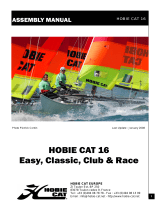 Hobby Cat 16 Club Assembly Manual
Hobby Cat 16 Club Assembly Manual
-
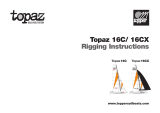 Topper Topaz 16CX Rigging Instructions
Topper Topaz 16CX Rigging Instructions
-
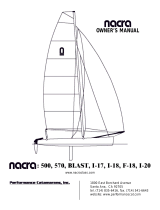 Nacra Blast Owner's manual
Nacra Blast Owner's manual
-
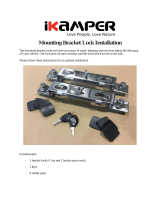 iKAMPER Mounting Bracket Lock Installation guide
iKAMPER Mounting Bracket Lock Installation guide
-
PylePro PMKS32 Owner's manual
-
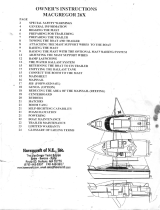 MACGREGOR 26X Owner's Instructions Manual
MACGREGOR 26X Owner's Instructions Manual
-
sks Traveller User manual
-
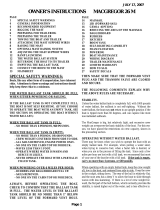 MACGREGOR 26 M Owner's Instructions Manual
MACGREGOR 26 M Owner's Instructions Manual
-
Master Lock Masterlock 1500HD User manual



































